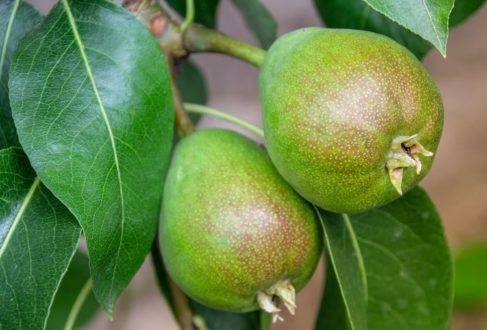May 4, 2022EPA clarification on non-food uses of chlorpyrifos
In the U.S. Environmental Protection Agency’s (EPA) final rule, effective Oct. 29, 2021, EPA revoked all tolerances for residues of chlorpyrifos for all food and feed commodities. After the tolerances expired on Feb. 28, 2022, new applications of chlorpyrifos will render any food treated as adulterated and ineligible to be distributed in interstate commerce.
According to a recent EPA guidance document, tolerances are only required for “food products.” If the commodity produced from a crop is not a food, then the lack of a tolerance does not prevent its use. The EPA guidance document also provided examples of legal uses, including, “Applications of chlorpyrifos to or around fruit/nut trees may be considered a non-food use provided applications are made to non-bearing trees (i.e., trees without fruit present at the time of application and that will not bear fruit within one year).”
The guidance also states that the sale and distribution of chlorpyrifos products labeled for use on food crops (following the Feb. 28, 2022, tolerance expiration), are now considered “misbranded; therefore, it is a violation of FIFRA to sell and distribute those products”. However, products legally purchased before the tolerance expiration can be used by growers according the label directions for non-food uses (as described in the EPA guidance document).
Therefore, the summary of uses listed in the below table are allowed if applied to non-bearing fruit trees:
| Lorsban uses by formulation | Apples | Pears | Tart cherries | Sweet cherries | Plums | Peaches | Nectarines |
|---|---|---|---|---|---|---|---|
| Pre-bloom foliar | 4E, Adv, 50W, 75W | 4E, Adv, 75W | 4E, Adv, 50W, 75W | 4E, Adv, 75W | 4E, Adv, 75W | 4E, Adv, 75W | 4E, Adv, 75W |
| Post-bloom foliar | None | None | 50W, 75W | None | None | None | None |
| Trunk spray | 4E, Adv, 75W | None | 4E, Adv, 75W | 4E, Adv, 75W | None | 4E, Adv, 75W | 4E, Adv, 75W |
| *Adv refers to Lorsban Advanced | |||||||
However, when making applications to non-bearing fruit trees, be sure to avoid spray drift onto adjacent bearing orchards. Also assure that targeted trees will not have fruit to harvest within 365 days. Lastly, growers should confirm that the use of chlorpyrifos on their farms is not in conflict with any private buyer contracts that they may have.
The EPA guidance document further clarifies that, “Unless cancelled, chlorpyrifos can still be used on food crops intended solely for export, as long as certain conditions are met: use of the pesticide ‘accords to the specifications of the foreign purchaser, is not in conflict with the laws of the country to which it is intended for export, is labeled on the outside of the shipping package that it is intended for export, and is not sold or offered for sale in domestic commerce’.”
– John Wise, Michigan State University Extension, Department of Entomology















